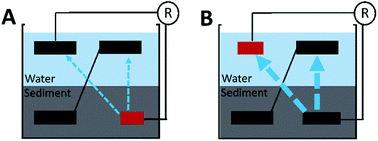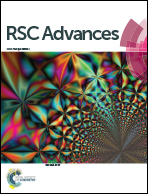Optimizing the electrode surface area of sediment microbial fuel cells
Abstract
Sediment microbial fuel cells (SMFCs) is a promising technology for bioremediation, environmental monitoring and remote power supply in various water environments. Optimizing the anode/cathode surface area ratio (SARa/c) is important to enhance the power and decrease the cost of SMFCs. However, in fact, little information has been reported to optimize the SARa/c of SMFCs in individual or stacked mode. This study comparatively analyzed the effects of electrode surface areas on the performance of single SMFCs and serial SMFC-stacks under separated- and connected-hydraulic conditions. The results suggested an optimal SARa/c of 1 to 1.33 for both single and serial stacked SMFCs. Voltage reversal occurred in serial SMFC stacks with unoptimal SARa/c but not in optimized stacks. The more the SARa/c deviated from the optimal SARa/c, the more easily the voltage reversal occurred (i.e. lower reversal current). Compared to a separated-hydraulic environment, a connected-hydraulic environment showed no effect on the power generation of anode-limiting SMFC stacks but decreased the power generation and reversal current of cathode-limiting SMFCs, probably due to larger parasitic current. The results are important for the scale-up and application of SMFCs.



 Please wait while we load your content...
Please wait while we load your content...